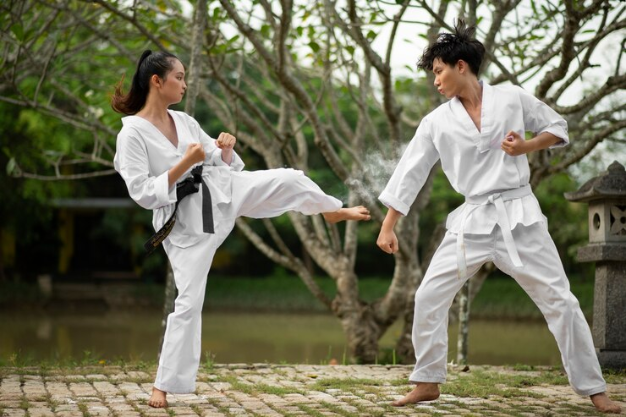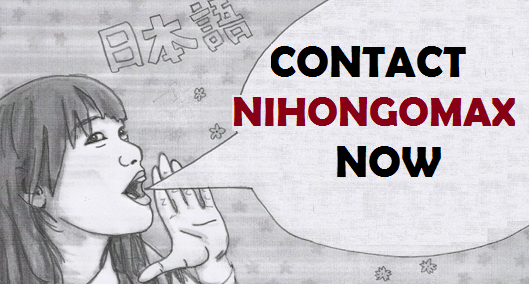


Japan, often celebrated as the Land of the Rising Sun, is renowned not only for its breathtaking landscapes but also for its profound tradition of martial arts, known as budo. Rooted in the emergence of the samurai class during the late twelfth century, disciplines like kenjutsu, iaijutsu, and jujutsu flourished, evolving into distinct schools of practice that continue to shape Japan's cultural identity.
Among these disciplines, Judo, introduced by Jigoro Kano in 1882, stands out as "the gentle way." Originating from jujutsu under Kano's guidance, Kodokan Judo emphasizes throwing and grappling techniques while promoting physical fitness, mental resilience, and fair play. Its evolution and global acclaim, with around 5 million practitioners worldwide, underscore its significance in the realm of martial arts. Kodokan Judo's recognition in the Olympics since 1964 further highlights its enduring legacy and contribution to the global sporting arena.
Aikido, another prominent martial art, traces its roots to the Aiki jujutsu of the Daito school, founded by Minamoto Yoshimitsu. Morihei Ueshiba refined aikido, focusing on joint-lock and throwing techniques for self-defense while minimizing harm to opponents. Despite its popularity, aikido has grappled with internal divisions over the incorporation of competitive elements, sparking ongoing debates about its essence as a martial art versus its potential as a competitive sport. Nonetheless, its rich history and philosophical underpinnings continue to attract practitioners worldwide.
Karate, translating to "the way of the empty hand,"originated in China over 1,000 years ago before spreading to Okinawa and eventually Japan. Funakoshi Gichin introduced it to Japan in the 1920s, emphasizing defensive strategies and the use of all body parts as weapons. Karate's global popularity, with an estimated 130 million enthusiasts, reflects its evolution from the amalgamation of Chinese martial arts and Okinawan martial art Te, shaped by figures like Sokon Matsumura and Kanryo Higaonna. Its journey from secretive transmission to widespread practice speaks volumes about its adaptability and enduring appeal across cultures.
Kendo, deeply rooted in samurai traditions, emphasizes ritualized conduct within the dojo. Following its reintroduction as a sport by the All Japan Kendo Federation in 1952, kendo's strict organization and adherence to tradition have resonated globally. The evolution of kendo, intertwined with the development of the Japanese sword across historical eras, underscores its enduring cultural significance. As practitioners wield the shinai with precision and discipline, they honor a legacy steeped in tradition and philosophical inquiry.
Kyudo, the traditional Japanese art of archery, embodies a rich martial tradition dating back to Japan's feudal era. The establishment of the Japan Kyudo Federation in 1949 marked a significant transformation, elevating kyudo into a recognized sport. Unlike Western archery, kyudo prioritizes form and technique over hitting the target, reflecting its emphasis on precision and discipline. Its historical connection to yabusame, practiced on horseback during the Kamakura period, exemplifies kyudo's enduring legacy and cultural significance.
In conclusion, Japanese martial arts epitomize a harmonious blend of physical prowess, mental discipline, and philosophical depth. As they continue to evolve and resonate globally, they remain an integral part of Japan's cultural heritage and a testament to the enduring spirit of budo.